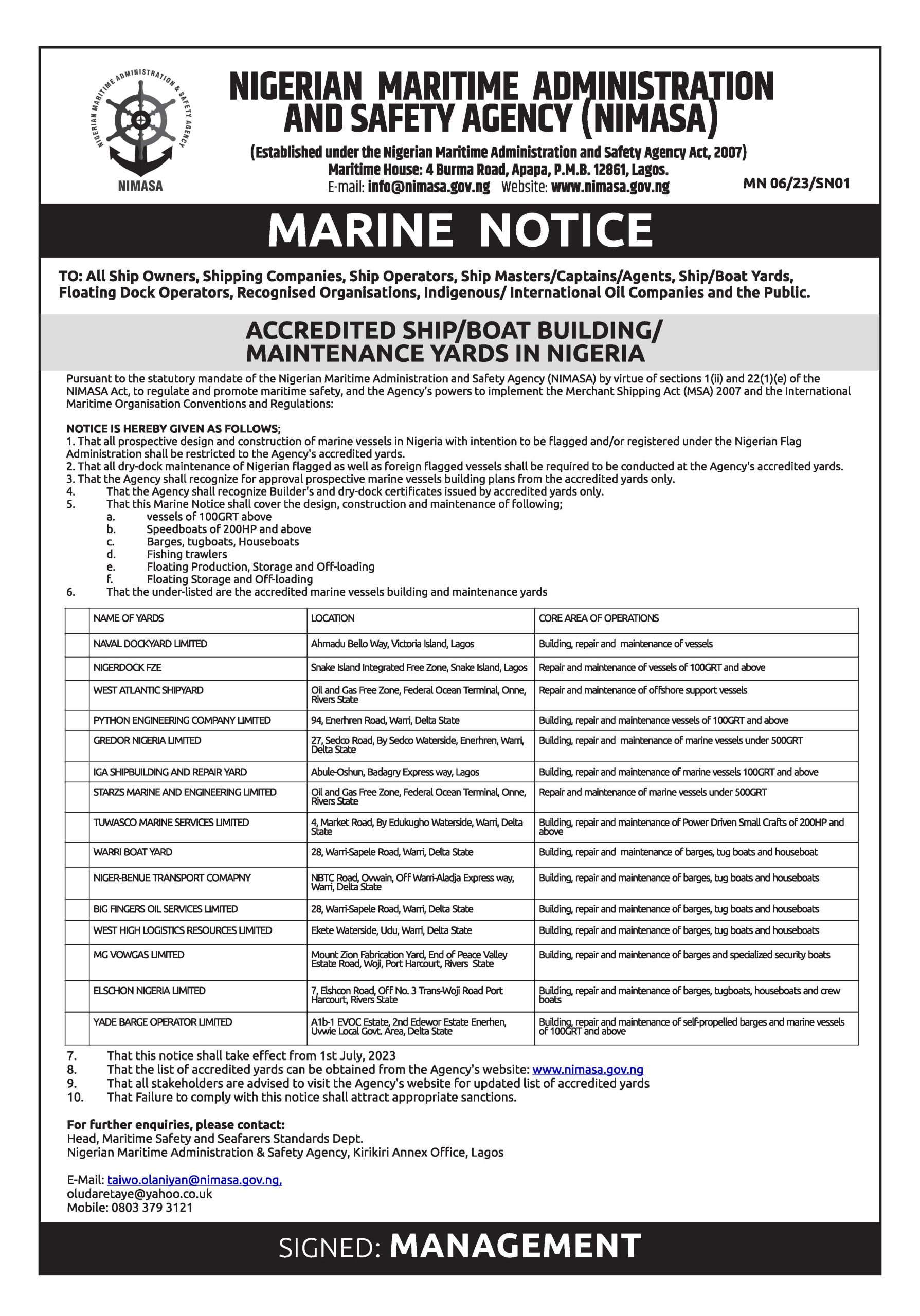From Adia Jildo, in South Sudan
More than 200 permanent shelters have been completed in Kormalang, Western Bahr el Ghazal State of South Sudan, as part of a project to resettle internally displaced persons (IDPs) from Naivasha camp.
The initiative, launched in 2022 under the Durable Solutions Project, aims to build 400 shelters by December and provide conditional cash assistance to 600 households bringing stability and dignity to families uprooted by years of conflict.
Funded by the Norwegian Ministry of Foreign Affairs and implemented by the International Organization for Migration (IOM) in partnership with South Sudan’s Ministry of Housing, Land and Public Utilities, the USD 5 million integrated project is designed to support local integration, return and relocation of displaced population.


The new Kormalang settlement which covers 1.2 square kilometers, will accommodate both IDPs and members of the host community.
Each household receives a 20-by-20-meter plot, with spaces allocated for schools, religious institutions, markets, playgrounds, and a health facility.
Two 50,000-litre water towers have been installed to supply safe water, alongside plans for 15 distribution points to ensure equitable access.
For Mary Madut, the project has transformed her life after six years of displacement. Working with fellow community members to build her home, she says she finally feels a sense of belonging.
“We didn’t have a proper place to live when I fled Norochdong,” Mary recalls. “It was hard to adapt or even find something to eat. Now I have a permanent home and can begin rebuilding my life.”
Christina Ibrahim Ali, a widow who lost five family members during violence in her village of Kor Gana, shares similar relief. Her two-room house was completed in August after months of joint community construction.
“After years in the camp and renting houses I could barely afford, I now have a place to call my own,” she said.
“We are grateful for the support there’s a home, water, a market, and a hospital nearby.”
Beyond housing, the project is also creating employment and training opportunities.
Flora Natalie Federico, a 40-year-old mother of four, learned brickmaking through IOM’s training program and now works full-time at the site.
“In a day, we use four sacks of cement and produce more than 800 bricks,” she explains. “Each group of six people makes about 4,000 bricks a week. With this work, I can support my children and pay for their school.”
Flora received conditional cash assistance that allowed her to rent a temporary home while she participates in the construction effort. “We’ve gained skills, jobs, and a future,” she saiid.
According to Daro Charles, IOM’s Assistant Project Engineer for the Durable Solutions Project in Kormalang, more than 400 workers including carpenters, plumbers, and bricklayers have been employed, many of them from the host community and Naivasha IDP camp.
However, Daro says continued support is needed to complete public facilities once the shelters are finished.
“We urge the government and partners to help bridge the remaining gaps,” he said.
“Once the project ends, we’ll still need police, health facilities, and other public services to sustain the new community.”
When completed, the project is expected to benefit more than 10,000 displaced persons and surrounding residents, marking a major step toward ending protracted displacement in Wau.
“For the first time in years,” says Mary, smiling as she points to her nearly finished house, “I feel we finally have a future.”







